Colorful Characters: Top 10 Species of 2012
Oh Boy! Jellyfish
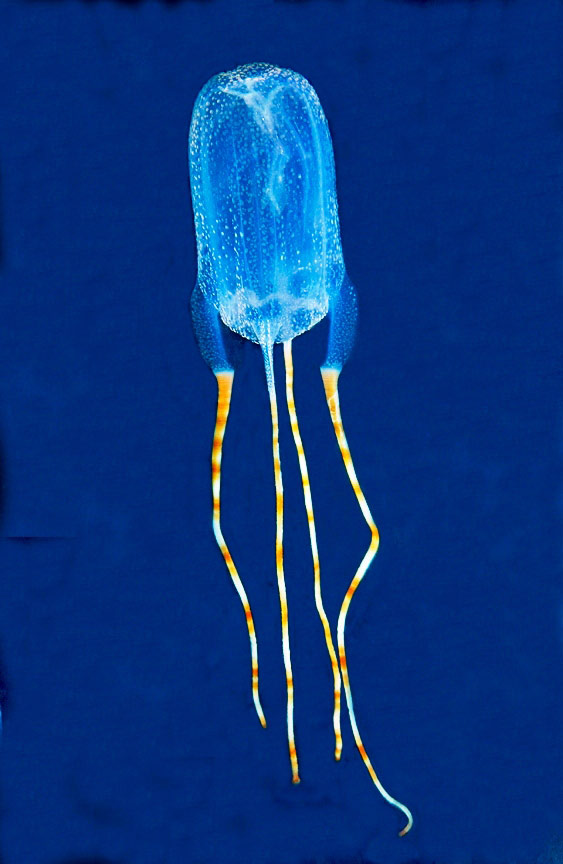
The striking beauty of the Bonaire banded box jellyfish belies its venomous sting. The jelly was discovered in the waters off the island of Bonaire in the Dutch Caribbean; the species was named Tamoya ohboya by a teacher as part of a citizen science project, with the assumption that someone stung would exclaim "Oh boy!" The jellyfish is one of a small group of perhaps 50 box-jellyfish species. Unlike other jellyfish, the box jellies have vision.
Sneezin' in the Rain
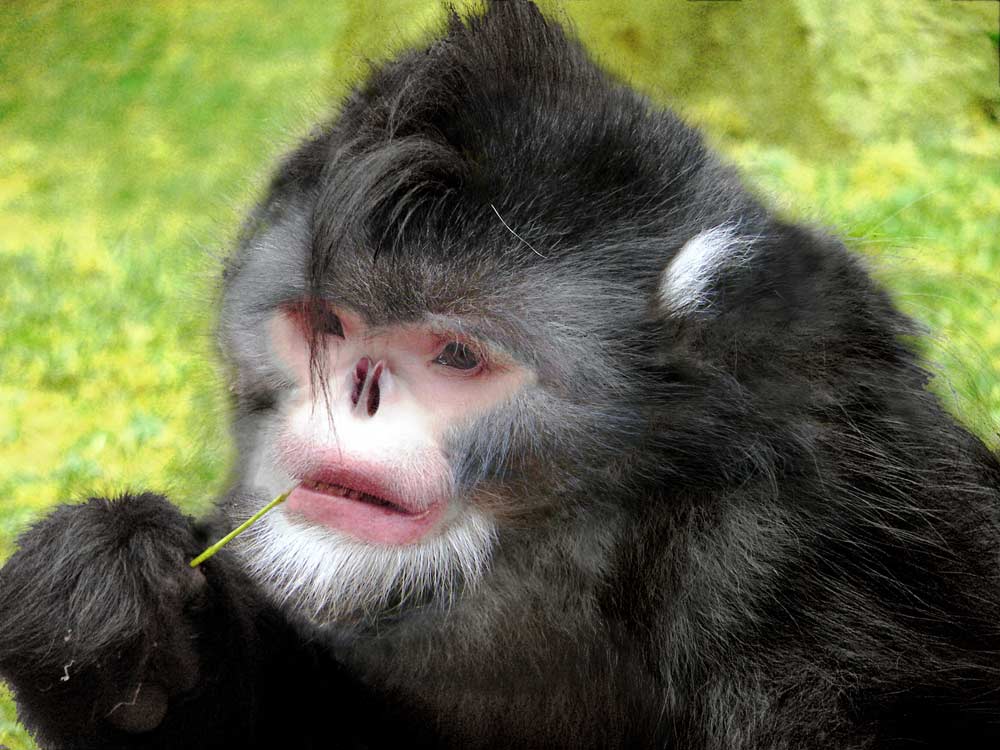
A previously unknown type of snub-nosed monkey, discovered in northern Myanmar and dubbed Rhinopithecus strykeri, has a nose so upturned that the animals sneeze audibly when it rains. To avoid inhaling water, the monkeys supposedly sit with their heads tucked between their knees on drizzly days, according to local hunters. The species, shown here in a Photoshop reconstruction based on a Yunnan snub-nosed monkey and a carcass of the newly discovered species. [Read more about this sneezing monkey]
Hellish Hot
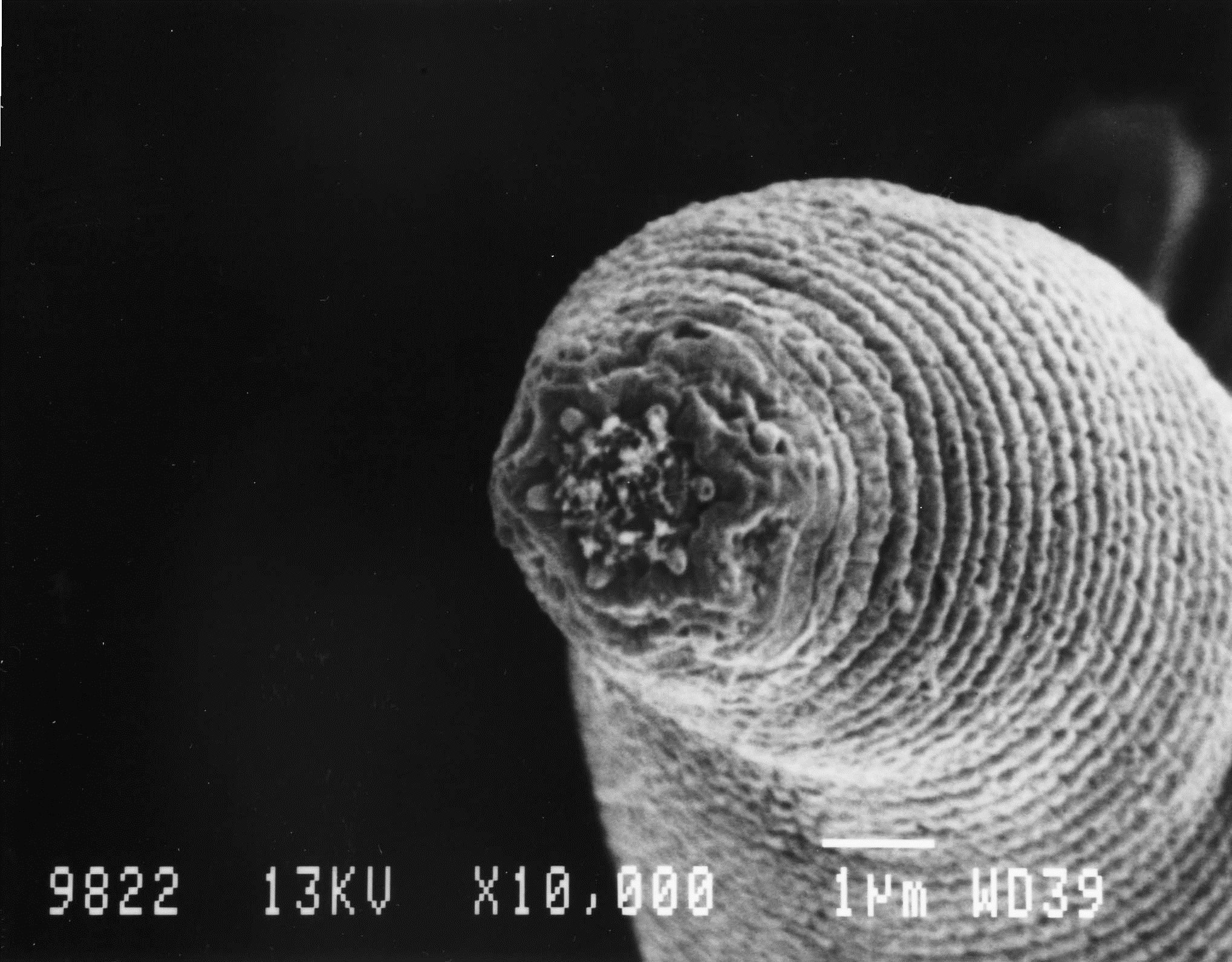
With a length of just 0.02 inches (0.5 millimeters), these tiny nematodes called Devil's worm are the deepest terrestrial multicellular organisms on Earth. The worms were discovered at a depth of nearly a mile (1.3 kilometers) in a South African gold mine; the species was named Halicephalobus mephisto for the Faust legend of the devil, as the new species must survive immense underground pressure and devilish-hot temperatures. (Worm is shown here in a scanning electron microscope image.)
Pink Beads
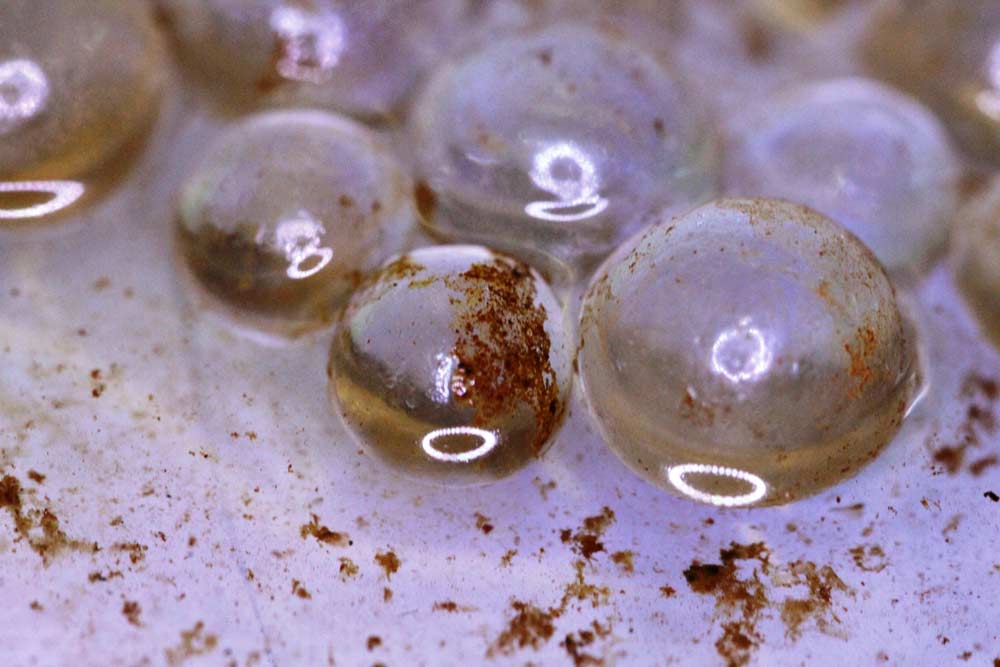
Glass beads where the nematodes, called Devil's worm, were found living in the brownish-colored bacterial biofilm.
Ants Beware!
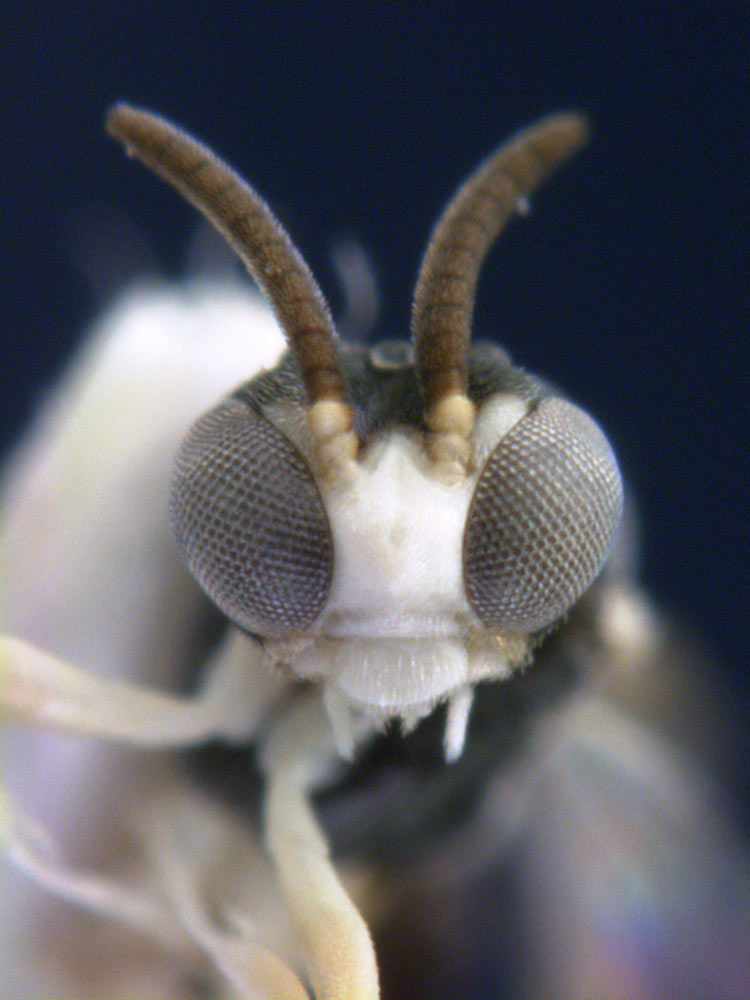
This new species of parasitic wasp cruises at just under a half-inch (1 centimeter) above the ground in Madrid, Spain, in search of its target: other ants. With a target in sight, the teensy wasp attacks from the air like a tiny dive-bomber, depositing an egg in less than one-20th of a second.
Funky Fungus
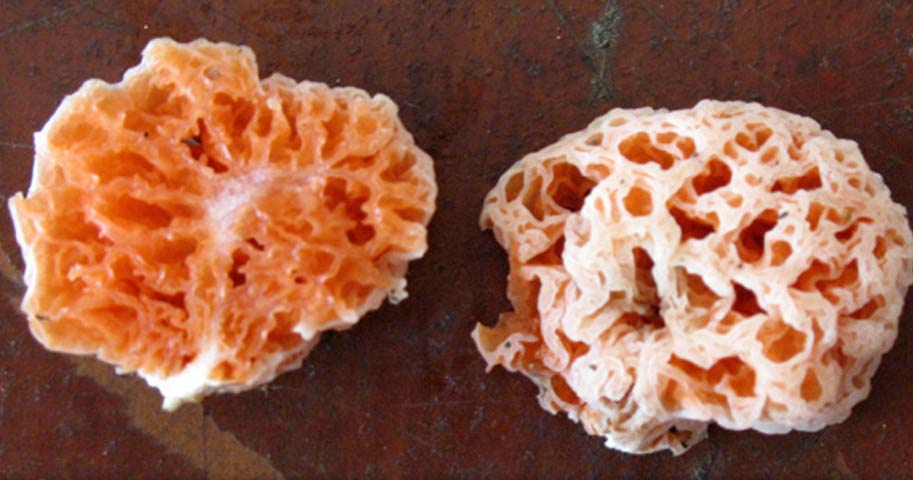
A funky new mushroom species "lives in the rain forest, under a tree," and researchers say it's nearly as strange as its SpongeBob SquarePants namesake. Shaped like a sea sponge, the bright orange (and sometimes purple) mushroom, Spongiforma squarepantsii, was discovered in the forests of Sarawak, Malaysia, on the island of Borneo.
Wandering Leg Sausage
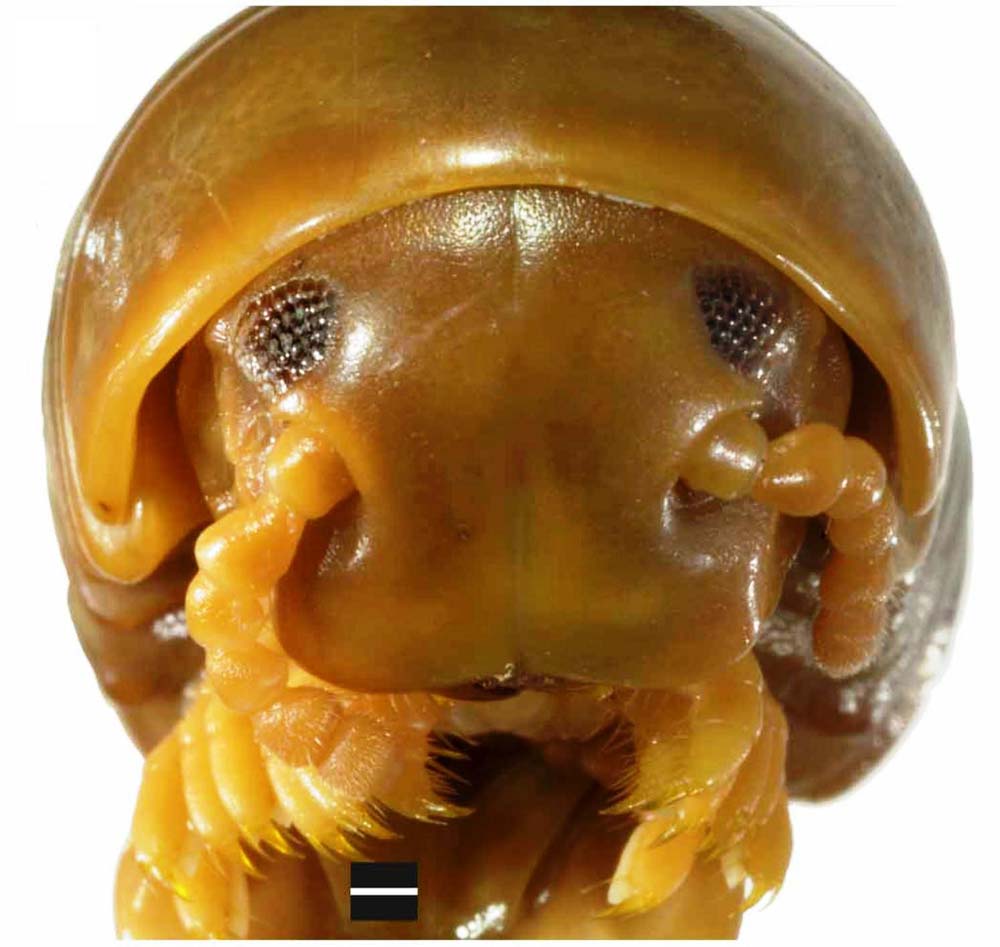
A giant millipede about the length of a sausage bears the common name "wandering leg sausage," which also is at the root of its Latin name: Crurifarcimen vagans. The species holds a new record as the largest millipede, extending 6.3 inches or 16, found in one of the world's biodiversity hotspots, Tanzania's Eastern Arc Mountains.
Get the world’s most fascinating discoveries delivered straight to your inbox.
Lots 'O Limbs
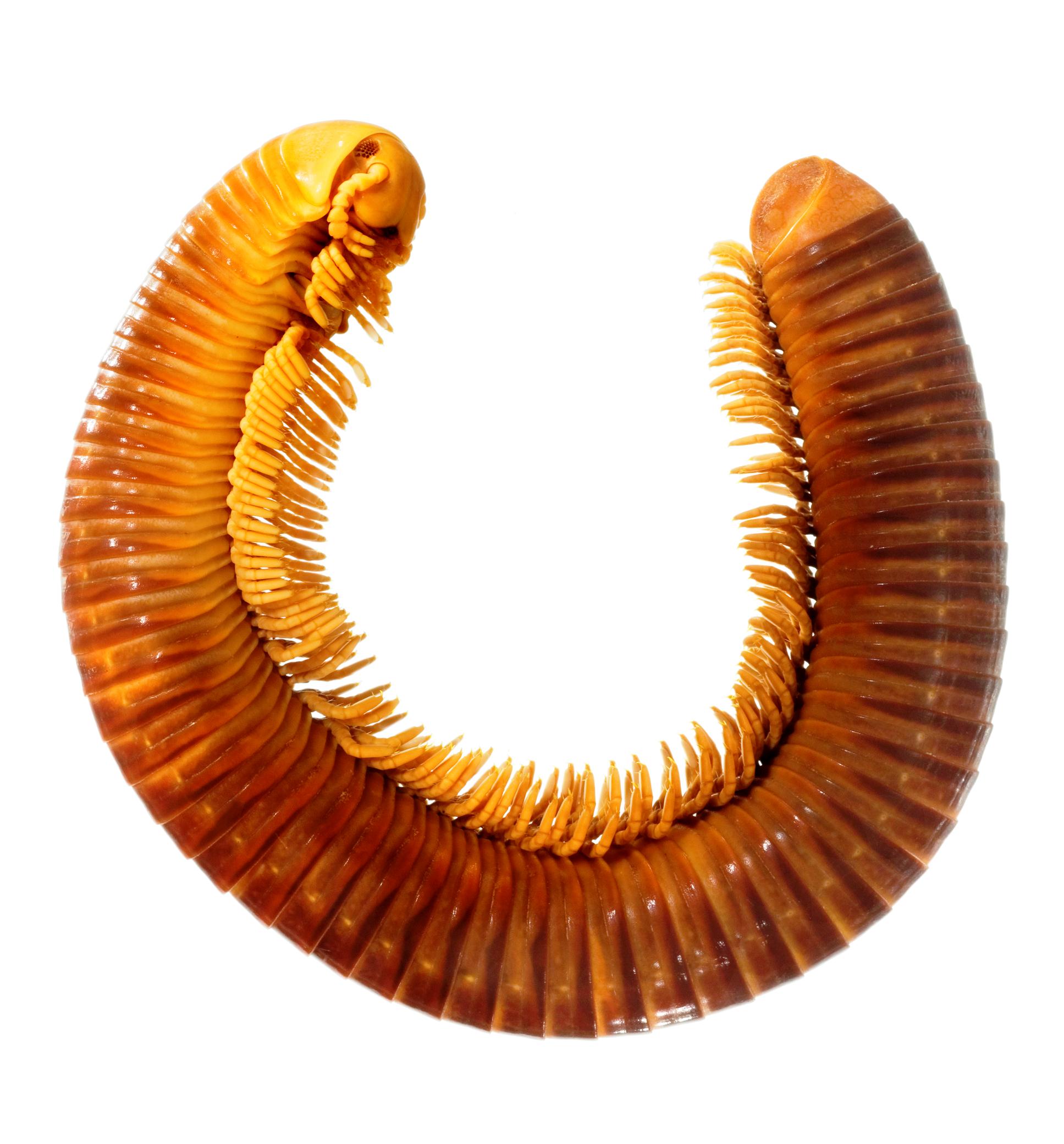
The new species of millipede is about 0.6 inches (1.5 centimeters) in diameter with 56 more or less podous rings, or body segments bearing ambulatory limbs, each with two pairs of legs.
Walking Cactus
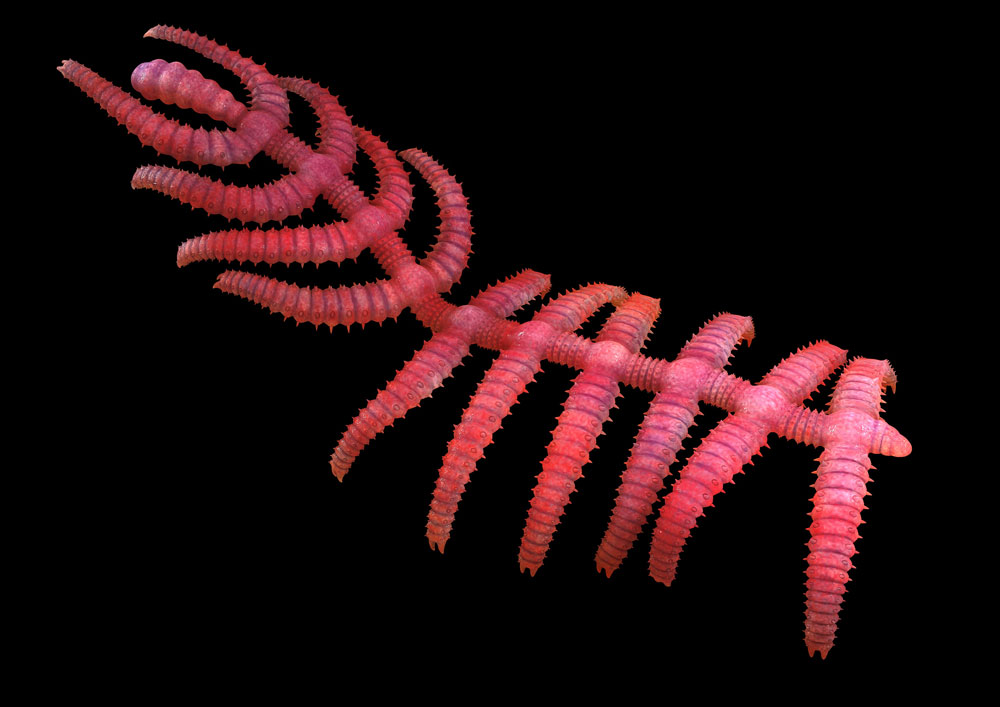
Although this new species looks more like a "walking cactus" than an animal at first glance, Diania cactiformis belongs to an extinct group called the armored Lobopodia, which had wormlike bodies and multiple pairs of legs. The animal lived about 520 million years ago, with its fossil discovered in southwestern China.
Night Stalker
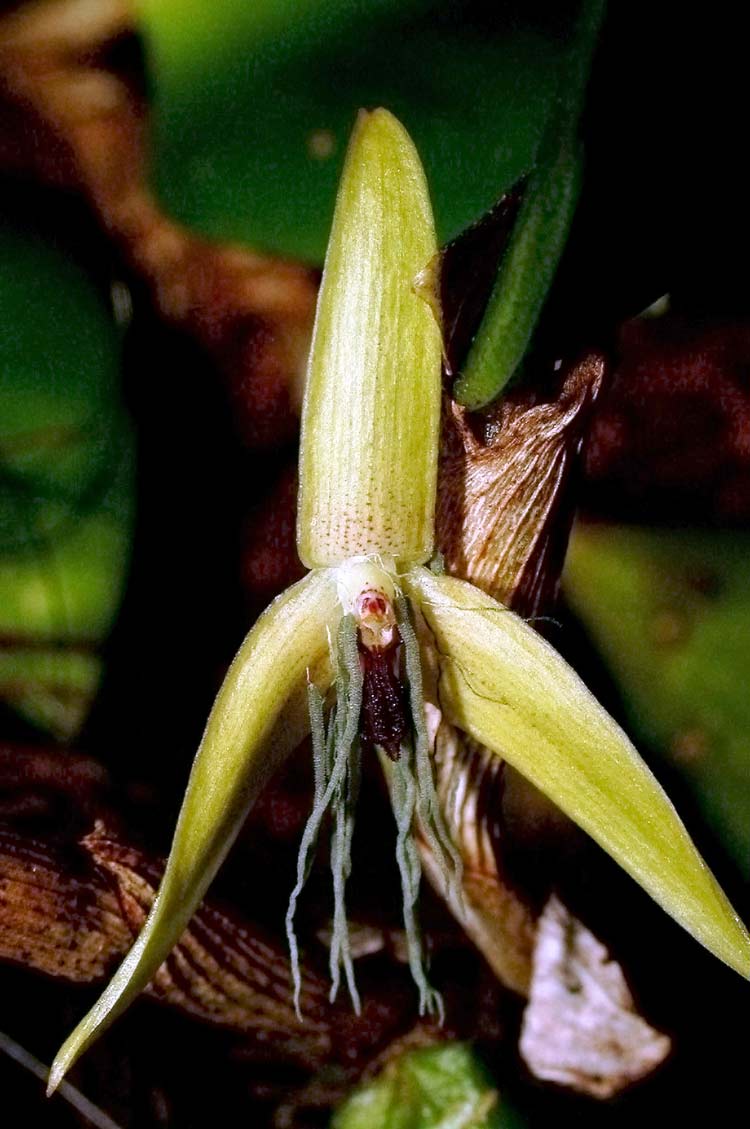
A slender night stalker is one way to describe this rare orchid from Papua New Guinea whose flowers open around 10 p.m. at night and close early the next morning, hence it's common name, night-blooming orchid. Bulbophyllum nocturnum, as it is referred to in its Latin name, is thought to be the first night-blooming orchid recorded among the more than 25,000 known species of orchids.
Blue Tarantula
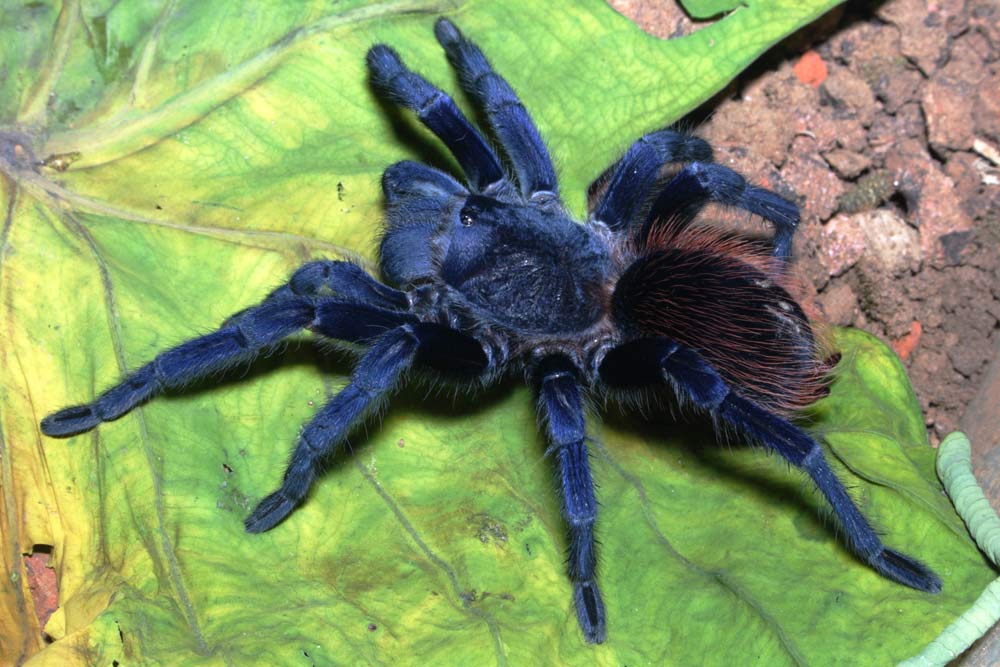
Breathtakingly beautiful, this iridescent hairy blue tarantula is the first new animal species from Brazil to be named on the top 10 list. Pterinopelma sazimai is not the first or only blue tarantula but truly spectacular and from "island" ecosystems on flattop mountains.
Jeanna Bryner is managing editor of Scientific American. Previously she was editor in chief of Live Science and, prior to that, an editor at Scholastic's Science World magazine. Bryner has an English degree from Salisbury University, a master's degree in biogeochemistry and environmental sciences from the University of Maryland and a graduate science journalism degree from New York University. She has worked as a biologist in Florida, where she monitored wetlands and did field surveys for endangered species, including the gorgeous Florida Scrub Jay. She also received an ocean sciences journalism fellowship from the Woods Hole Oceanographic Institution. She is a firm believer that science is for everyone and that just about everything can be viewed through the lens of science.
